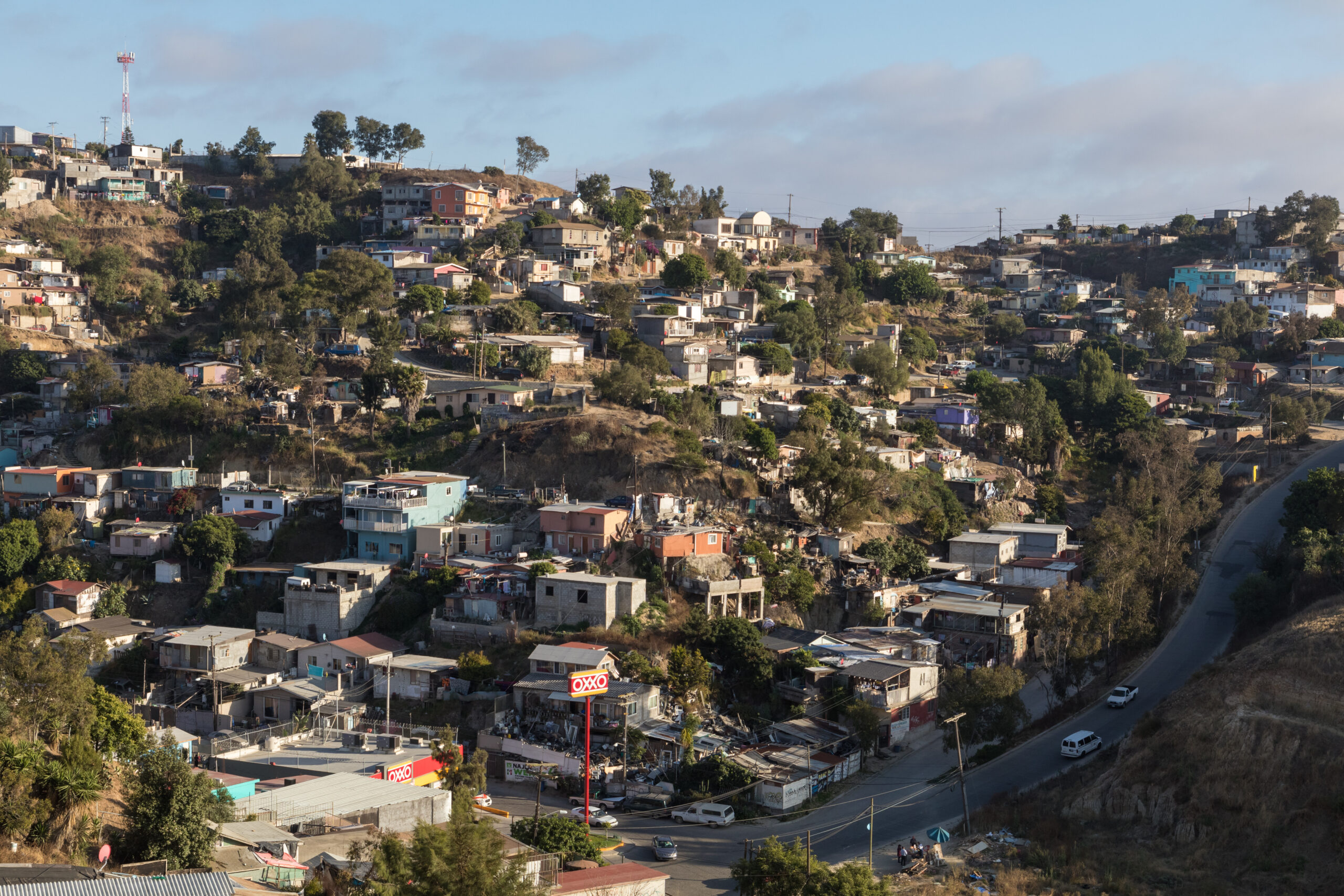There are entire organizations and books dedicated to uncovering what “successful” mission work looks like. How to identify, define, and evaluate it. In this article, we’re going to touch on a few of the larger themes that concern stories, pace of change, recognizing brokenness, and process.
As we engage in mission work, so much of what we do is shaped by the stories we believe. Not only the stories we believe about the people we are serving, but the stories we believe about who we are as people. When serving the materially poor, it’s hard not to bring in our own bias and stories about others’ situations. We need to be especially careful about implicitly telling people through our work that success looks like us and we are here to “help.” Instead, we should be asking God what’s the larger story here? We should increase our awareness to realize what work He has already got in motion and ask what role He would like us to play? What is God’s story for everyone?
Asking those larger questions also makes us equal actors in the story. This is the first step to recognizing that we are just as broken as the people we are serving. Sure, our brokenness may look different, but we are broken nonetheless. Flourishing life is a balance of community and stuff. Our Western culture typically has plenty of stuff (i.e. income), but lacks in community (i.e. relationships). Non-western cultures typically appear to have the opposite. We must recognize and be aware of God’s larger work of change not only for the people we are serving, but for ourselves.
This change may also take longer than we would like. Changes in material poverty can take a while, especially on a large scale. If our human hands deviate from His plan or rush the work, then human hands are also capable of undoing the progress. What has come from God and is built by God, no human hands can undo.
While results matter in mission work, so does process. It’s important to keep an objective eye on both. For example, it’s tempting to increase programmatic efficiency by use of technology. Doxa could provide scholarships to more students if there was no requirement for students to apply in person and we did everything over the phone. However, this advance in efficiency would undermine the relational contract that is formed between the student, their family, and Doxa. While technology can help increase programmatic efficiencies, it must not result in undermining the community aspect of poverty alleviation efforts.
If you’re interested in taking a deeper dive into these topics, we’d recommend listening to the Rethink Poverty podcast. This interview with Brian Fikkert is a great starting place.
